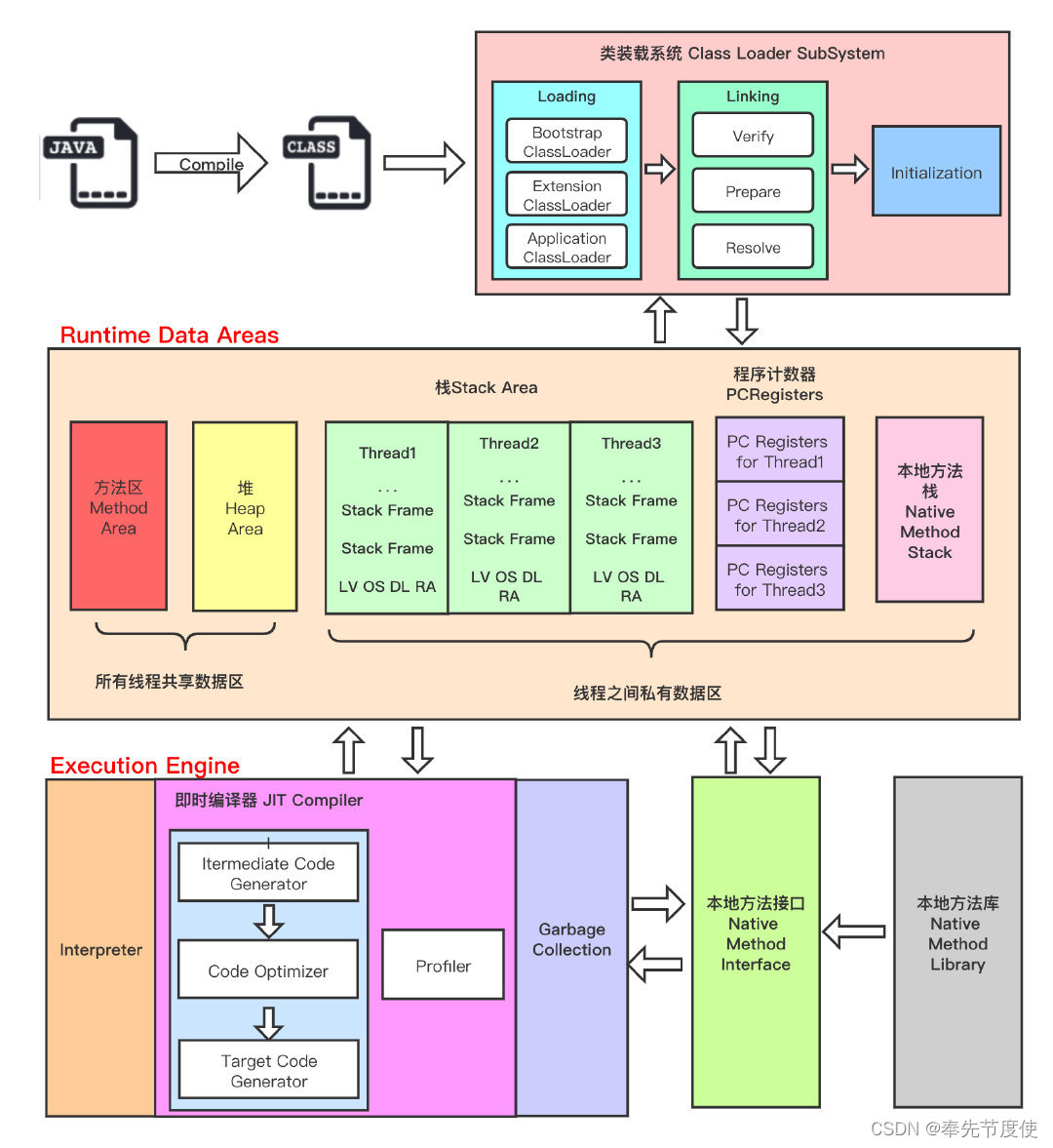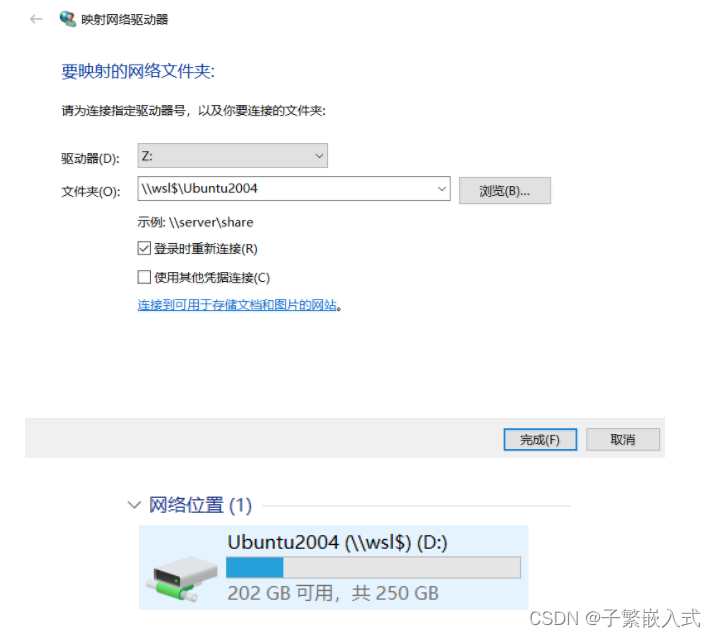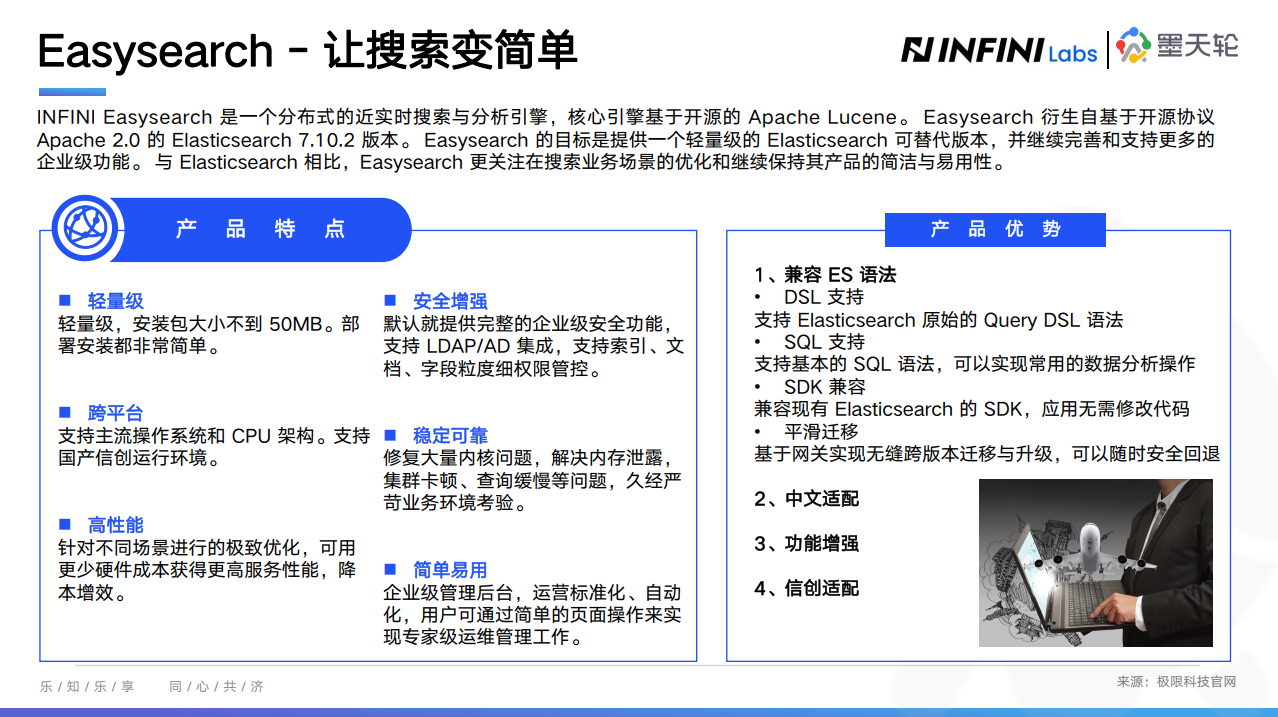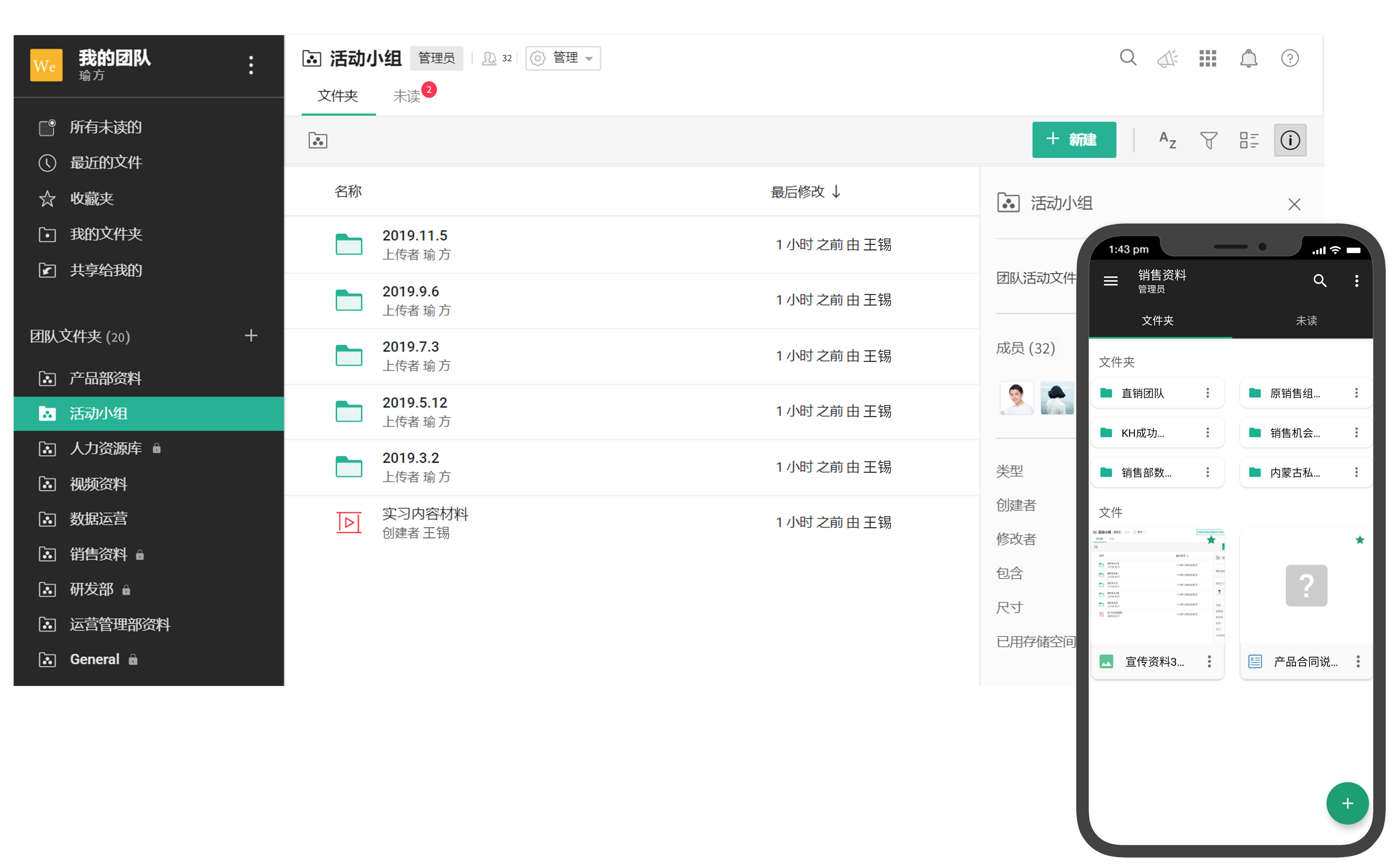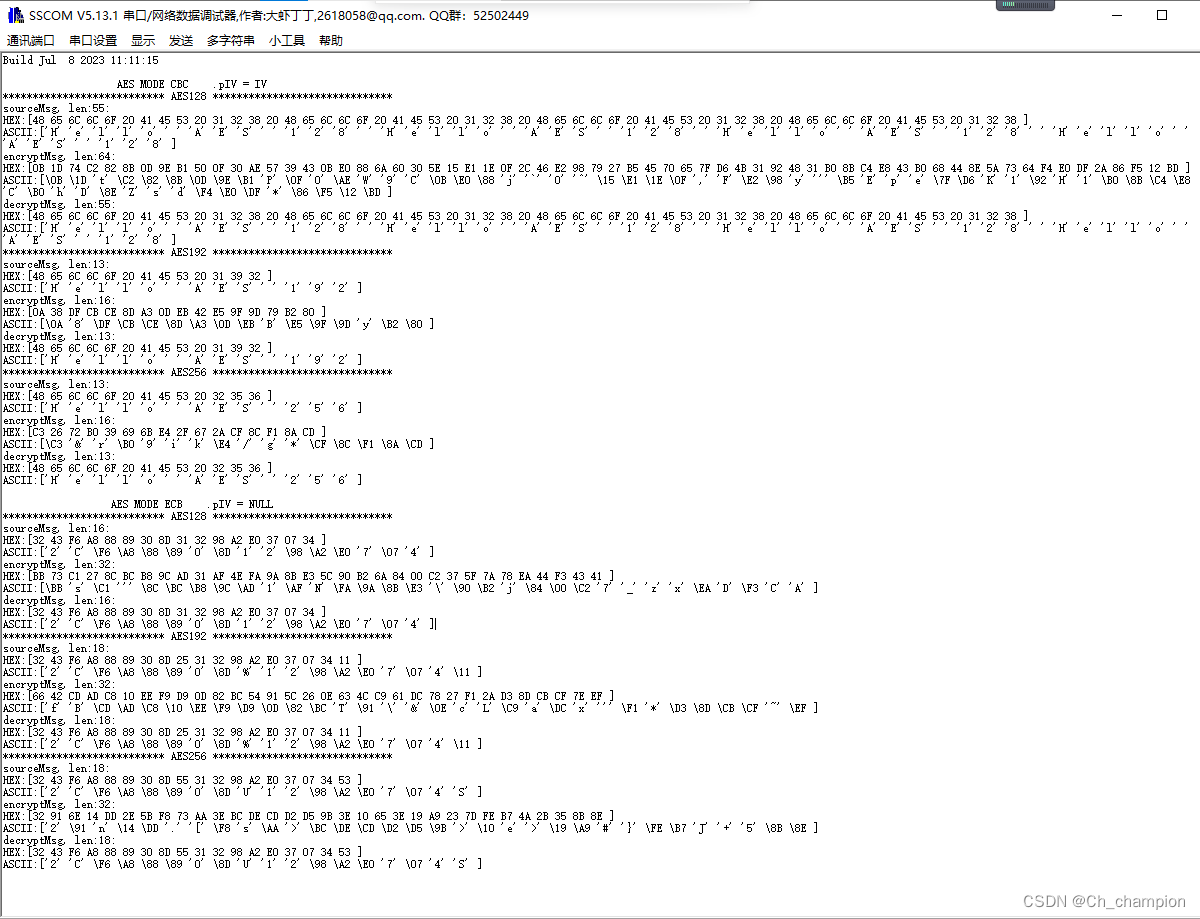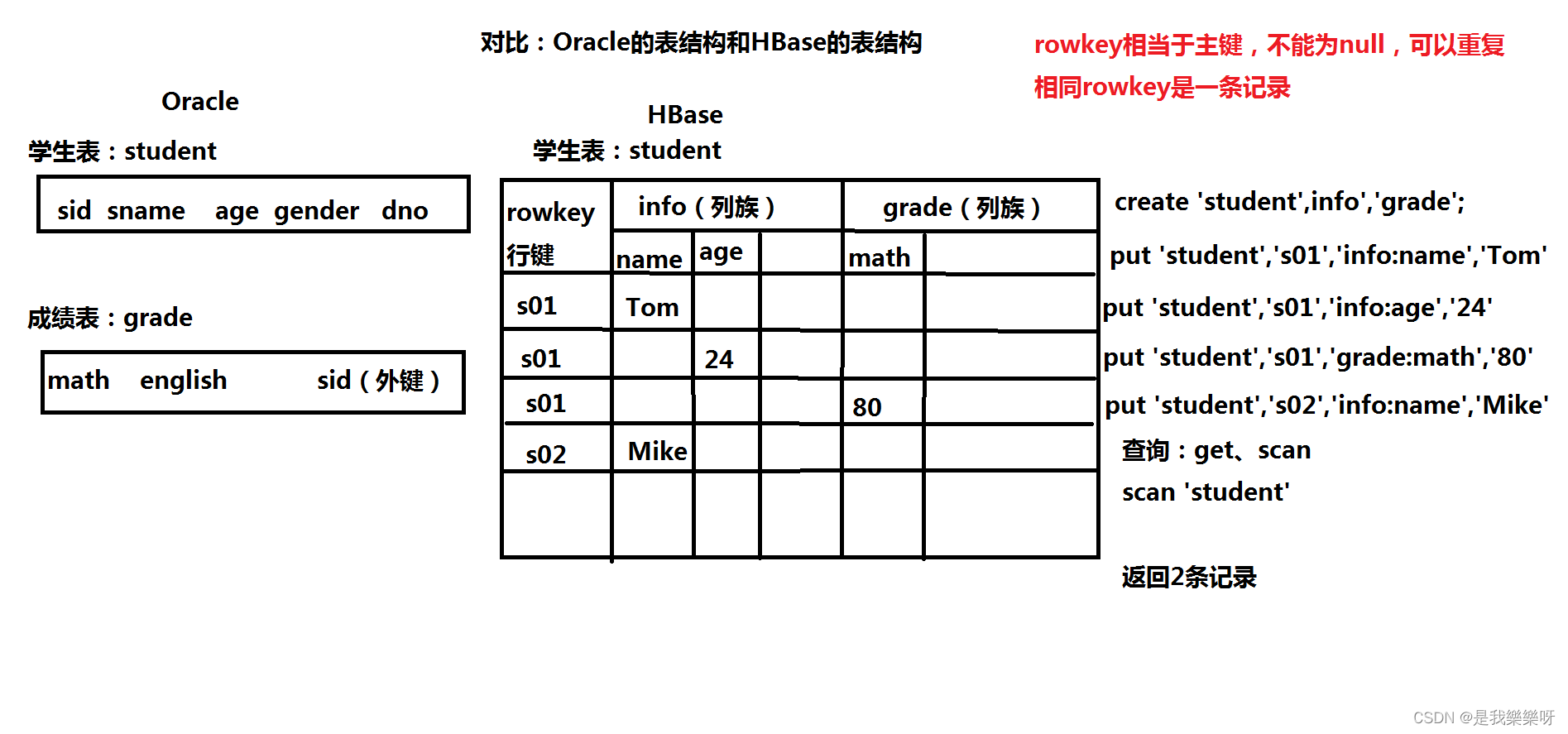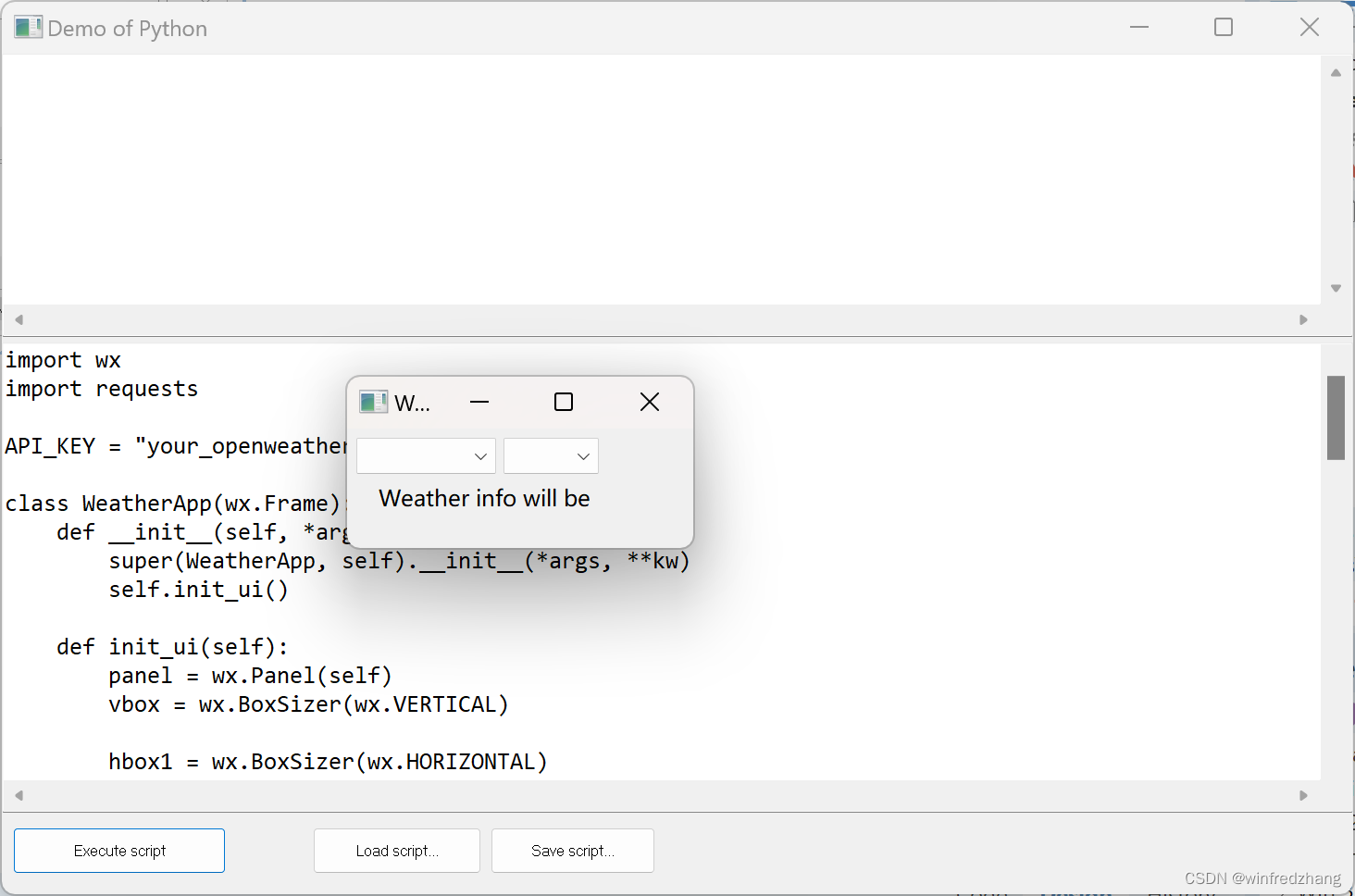模拟Toast 自定义提示框
前言
为满足产品需求,发现现在的ToastUtils不是太重就是不太满足需求,这边写个简单易用的工具,几十行代码解决的问题,还要啥轮子。
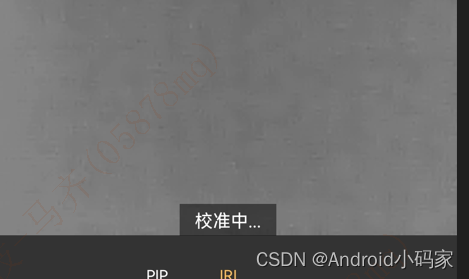
功能如下:
- 自动消失
- 相对锚点位置 可配置,正中间,左中,右中,下中,等
- 高宽自适应
TipPop
class TipPopup : PopupWindow {private val ctx: Contextconstructor(ctx: Context, content: String) : super(ctx) {this.ctx = ctxcontentView = LayoutInflater.from(ctx).inflate(R.layout.toast_tip, null)width = ViewGroup.LayoutParams.WRAP_CONTENTheight = ViewGroup.LayoutParams.WRAP_CONTENTisFocusable = trueisOutsideTouchable = trueanimationStyle = R.style.dialog_animation_stylesetBackgroundDrawable(ColorDrawable())contentView.findViewById<TextView>(R.id.toast_tv_tip_content).setText(content)}fun show(parent: View, gravity: Int) {val it = IntArray(2)parent.getLocationOnScreen(it)val centerX = parent.measuredWidth / 2 + it[0]val centerY = parent.measuredHeight / 2 + it[1]/*使用前先测量*/contentView.measure(View.MeasureSpec.UNSPECIFIED, View.MeasureSpec.UNSPECIFIED)var x: Intvar y: Intwhen (gravity) {Gravity.LEFT or Gravity.CENTER_VERTICAL -> {x = centerX - contentView.measuredWidthy = centerY - contentView.measuredHeight / 2}Gravity.RIGHT or Gravity.CENTER_VERTICAL -> {x = centerXy = centerY - contentView.measuredHeight / 2}Gravity.TOP or Gravity.CENTER_HORIZONTAL -> {x = centerX - contentView.measuredWidth / 2y = centerY - contentView.measuredHeight}Gravity.BOTTOM or Gravity.CENTER_HORIZONTAL -> {x = centerX - contentView.measuredWidth / 2y = centerY}/*默认正中间*/else -> {x = centerX - contentView.measuredWidth / 2y = centerY - contentView.measuredHeight / 2}}showAtLocation(parent, Gravity.NO_GRAVITY, x, y)}}
XML
<?xml version="1.0" encoding="utf-8"?>
<FrameLayout xmlns:android="http://schemas.android.com/apk/res/android"xmlns:app="http://schemas.android.com/apk/res-auto"android:layout_width="wrap_content"android:layout_height="wrap_content"android:orientation="vertical"><!--场景模式文字提示--><TextViewandroid:layout_gravity="center"android:id="@+id/toast_tv_tip_content"android:layout_width="wrap_content"android:layout_height="wrap_content"android:background="@color/black_50"android:gravity="center"android:text="@string/calibrating"android:minWidth="@dimen/dimen_66dp"android:paddingLeft="@dimen/dimen_12dp"android:paddingTop="@dimen/dimen_3dp"android:paddingRight="@dimen/dimen_12dp"android:paddingBottom="@dimen/dimen_3dp"android:textColor="@color/white"android:textSize="@dimen/sp_14"app:layout_constraintLeft_toLeftOf="parent"app:layout_constraintRight_toRightOf="parent"app:layout_constraintTop_toTopOf="parent" /></FrameLayout>
Style
<style name="dialog_animation_style"><item name="android:windowEnterAnimation">@anim/anim_show_in</item><item name="android:windowExitAnimation">@anim/anim_show_out</item></style><?xml version="1.0" encoding="utf-8"?><set xmlns:android="http://schemas.android.com/apk/res/android"><alphaandroid:interpolator="@android:anim/accelerate_decelerate_interpolator"android:fromAlpha="0"android:toAlpha="1.0"android:duration="300"/>
</set> <?xml version="1.0" encoding="utf-8"?>
<set xmlns:android="http://schemas.android.com/apk/res/android"><alphaandroid:interpolator="@android:anim/accelerate_decelerate_interpolator"android:fromAlpha="1.0"android:toAlpha="0"android:duration="300"/>
</set>
使用
private var tipPopup: TipPopup? = null
/*** 提示框,自动消失*/
private fun shoTip(id: Int, start: () -> Unit, end: () -> Unit) {start()if (tipPopup == null) {tipPopup = TipPopup(requireContext(), getStr(id))}if (false == tipPopup?.isShowing) {tipPopup?.show(line, Gravity.TOP or Gravity.CENTER_HORIZONTAL)}Handler().postDelayed({tipPopup?.dismiss()end()}, 1500)
}shoTip(R.string.calibrating, fun() {//开始弹出
}, fun() {//关闭弹窗
})
showAtLocation的理解
showAtLocation,这里查阅资料,主要是对第二个参数的理解比较重要,因为其代表的是相对屏幕的坐标点,所以笔者直接配置为Gravity.NO_GRAVITY
第二个参数:请记住屏幕原点是屏幕的左上角。Gravity.TOP |
Gravity.RIGHT指的就是屏幕的右上角,那么pw的中心点坐标是(屏幕宽,0)。pw默认是在屏幕的中间,也就是Gravity.LEFT表示pw的中心点坐标是(0,1/2屏幕高);
使用前先测量
如下代码,动态获取控件高宽,即可做到大小自适应
contentView.measure(View.MeasureSpec.UNSPECIFIED, View.MeasureSpec.UNSPECIFIED)


